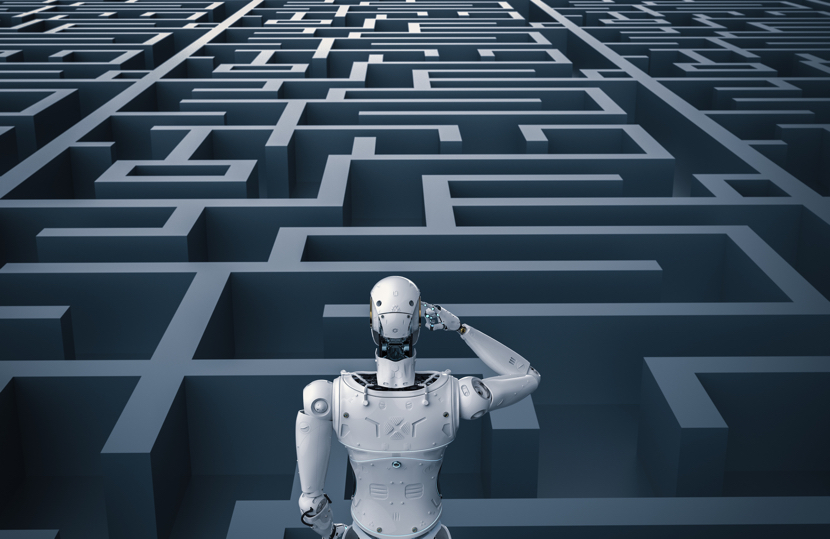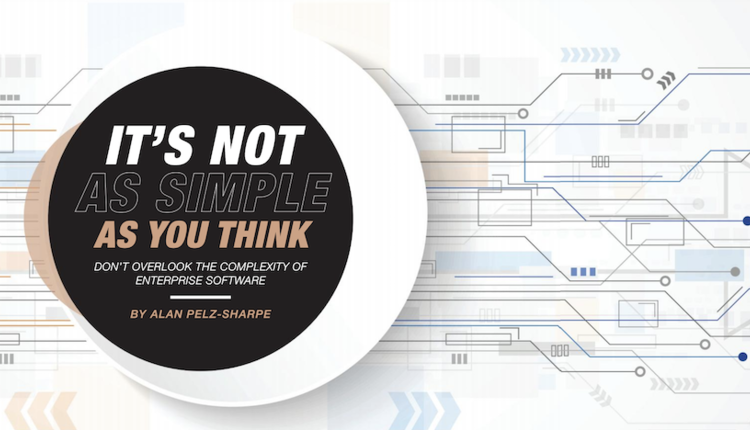
Image by: PhonlamaiPhoto, ©2019 Getty Images
Artificial intelligence (AI) will remain a hot topic in 2019. To be clear, AI technology is impressive, and it will transform almost every aspect of information management—from document capture to the customer experience. However, despite the hype, it clearly hasn’t transformed our organizations yet.
The technology itself isn’t the problem, nor is it a matter of cost. In fact, AI can be surprisingly cheap to access and deploy. The problem is that buyers and sellers of AI software alike don’t know how to plan and execute these projects. AI projects are fundamentally different than traditional information technology (IT) deployments, but, too often, organizations continue to view AI initiatives through the traditional IT lens.

©2019 Deep Analysis
At the simplest level, AI projects are different in one fundamental way: the concept of go-live. Whether you're implementing a customer experience management (CEM), enterprise content management (ECM), or an enterprise resource planning (ERP) system, you typically gather the requirements, design the system, run tests, integrate it, and then you finish the implementation. To put it another way, you design, test, switch on the system, and pretty much walk away after that. This is not how AI works.
With AI, you model, test, modify, run, model, test, modify, run—ad infinitum. We’re dramatizing this a bit, but the point is that an AI project never really ends, because it needs ongoing love, modification, and care. Even after AI systems are trained to get better and better, they still need to be corrected, retaught, and realigned as things change over time. That means you have to conceive, plan, budget, and staff an AI project quite differently from the very onset.

©2019 Deep Analysis
Unfortunately, too many people assume that the system is somehow "intelligent" straight out of the box. It’s an easy mistake to make, since its name suggests as much. However, that's really not the case. Initially, AI systems are far from intelligent. In fact, they know next to nothing straight out of the box. Over time, AI systems learn by making mistakes—which are corrected by humans (and eventually the system)—gaining the necessary knowledge and experience along the way. That learning process takes time and effort, and it's an ongoing process.
If you are considering using AI in your organization, then beware of the hype and be doubly aware of the actual work you will have to undertake to train your AI system for your specific needs. Remember, achieving intelligent automation is a journey. With good data, the right project team, and ongoing support, you can achieve a lot in a short period of time. If you really grasp the fact that you will be monitoring and tweaking your AI system for a long time to come, you will reap much greater benefits.
Alan Pelz-Sharpe is the Founder and Principal Analyst of Deep Analysis, an independent technology research firm focused on next-generation information management. He has over 25 years of experience in the information technology (IT) industry working with a wide variety of end user organizations and vendors. Follow him on Twitter @alan_pelzsharpe.
Kashyap Kompella is the Founder and CEO of RPA2AI, a global industry analyst firm focusing on automation and artificial intelligence. Kashyap has 20 years of experience as a hands-on technologist, industry analyst, and management consultant. Follow him on Twitter @kashyapkompella.





![GettyImages-1211616422-[Converted]](https://cms-static.wehaacdn.com/documentmedia-com/images/GettyImages-1211616422--Converted-.2413.widea.0.jpg)
